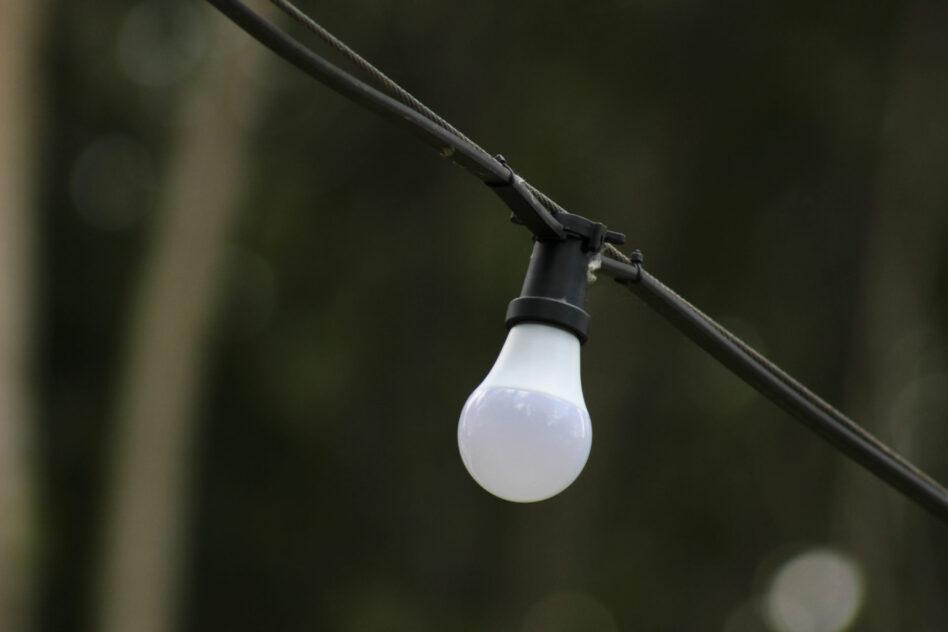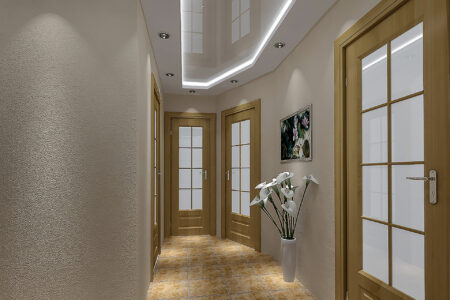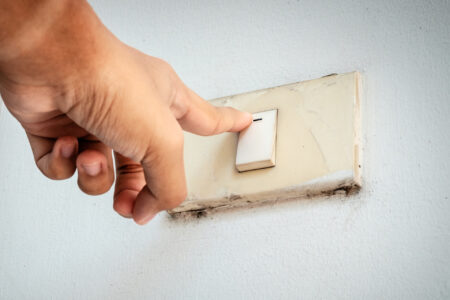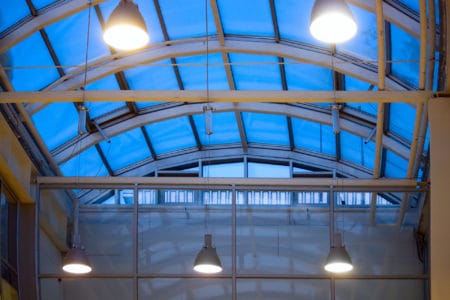Flickering outdoor lights are very frustrating. For people with any seizure disorder they can be downright dangerous. The good news is that it is usually very easy to get to the bottom of the problem when you follow an organized diagnosing system.
This article looks at the typical causes of flickering lights. We divide it into two main sections: the flickering caused by the light bulb and when caused by other components in the circuit.
The Bulb Causing The Outdoor Lights Flickering
The following section identifies problems with the bulbs and the possible fixes to stop the outdoor lights from flickering. Sometimes it is only one light in your outdoor circuit that is flickering. If this is the case, it is logical to assume that the problem is restricted to that light and its associated circuit.
If the light fixtures outside are fitted with non-LED bulbs, they will commonly flicker for a short time when switched on. More energy is required to get them going, particularly in cold weather. As they warm up, the flickering will stop. If the flickering does not stop, it may be for one of the reasons below associated with the bulb.
The Outdoor Light Bulb May Be Loosely Connected
If the light bulb has worked loose in its fitting, the intermittent electrical connection may cause it to flicker. Turn of the power and wait for the bulbs to cool off. Then try tightening the bulbs in their sockets to see if that fixes the flickering.
The Outdoor Light Bulb May Be About To Blow
If the light bulb is an incandescent device, it will flicker for some time before it finally gives up the ghost.
The life expectancy of a light bulb should be close to the following:
- Incandescent bulbs: 1,000 hours
- Halogen bulbs: 2,000 – 4,000 hours
- Compact fluorescent lamps (CFL): 8,000 hours
- Fluorescent bulbs: 24,000 – 36,000 hours
Incandescent bulbs for example, are generally filled with Argon. The filament is made from tungsten, and when a current is passed through the circuit, the tungsten filament acts like a resistor and converts the electric energy to heat. This heat activates the argon gas and makes the bulb light up.
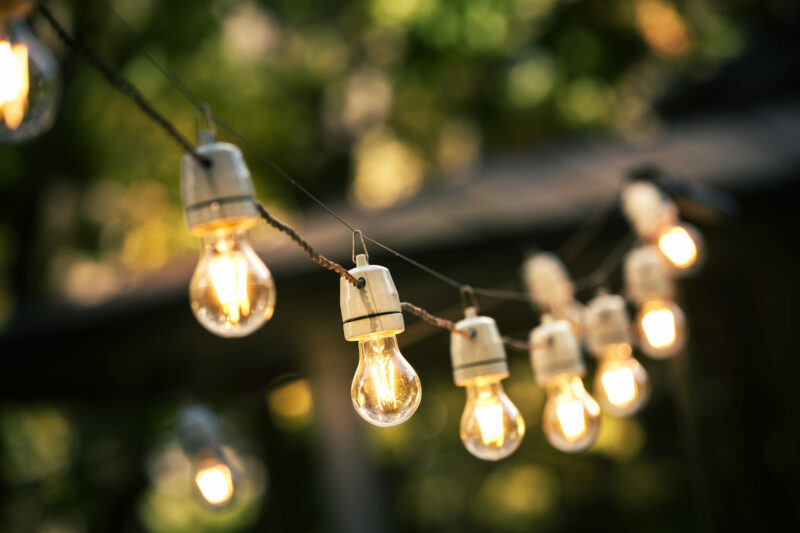
When an incandescent bulb comes to the end of its days and starts thinking about giving up the ghost, it is because the tiny tungsten filament is wearing out. Before it finally blows, it may repeatedly break and restore its connection, causing the light to flicker.
If this happened you need to exchange the flickering bulb for a new one. Although the other bulb types work technically different, they follow a similar pattern before they finally give up.
Low-Quality Bulbs Are Being Used In The Outdoor Lights
Unfortunately, the old saying “penny wise, pound foolish” applies to the type of bulbs you install.
A bulb’s quality may directly affect its longevity and whether or not it will last. Always use well-known bulb brands that have a reputation for lasting a long time.
The Wrong Type Of Bulb Is Being Used In The Outdoor Lights
Particularly if a dimmer switch is included in the circuit, and there are LED lights attached, there will often be an issue. LED lights are mostly not compatible with dimmer switches and can present issues in several ways, one of which is the LED light flickering or strobing.
If you have a dimmer switch in the circuit, it is important to ensure that the LED light bulbs are marked as compatible with a dimmer switch.
Also a mix of different bulb types can cause issues. Having a fairy light with halogen, LED and CFL bulbs mixed all together can be the cause for your issues. Try removing the flickering bulbs and replace them with bulbs of only one single type.
Electrical Problems Making Your Outdoor Lights Flicker
If the checks in the previous sections did not identify the cause of your flickering outdoor lights, you need to hire an electrician to find the issue. A certified professional can perform further checks in your electrical installation:
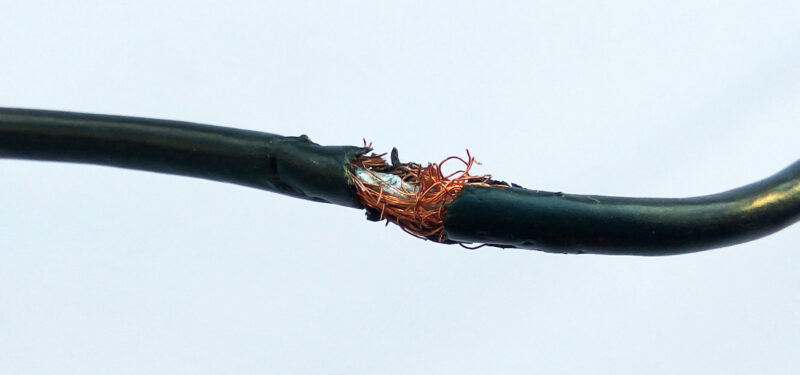
- Worn out light switch: Loose wires or broken terminals in your light switch may cause the issue. Your electrician will find that and change your switch if necessary.
- Overloaded circuit: Some high-draw components such as fridges, freezes, HVAC units, geysers, air conditioners, swimming pool pumps, or washing machines may cause an overloaded circuit.
As a result your outdoor lights attached to the same circuit may be flickering. To solve this issue, your electrician can change the circuits and split the loads. - Rodents damaged the wiring: Check that rodents haven’t eaten and damaged the wiring in the ceiling space in your home (for some reason, rats and other rodents love the insulation on wiring).
This can create a particularly serious situation where the critters eat insulation which exposes the copper and can result in shorting (arcing). This has the potential to cause fire and should be repaired by your electrician. - Water has entered the circuit: If water has entered the circuit at some point, the copper wires may become corroded. Your electrician will check all junction boxes and light fittings and fix them if necessary.
